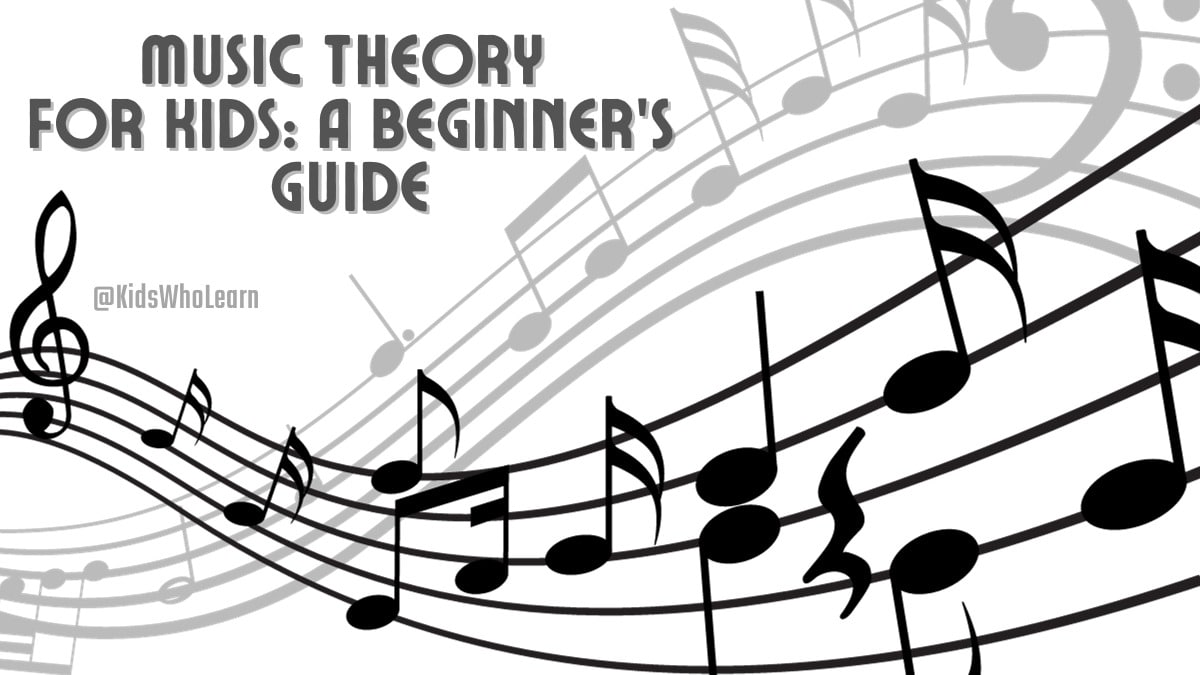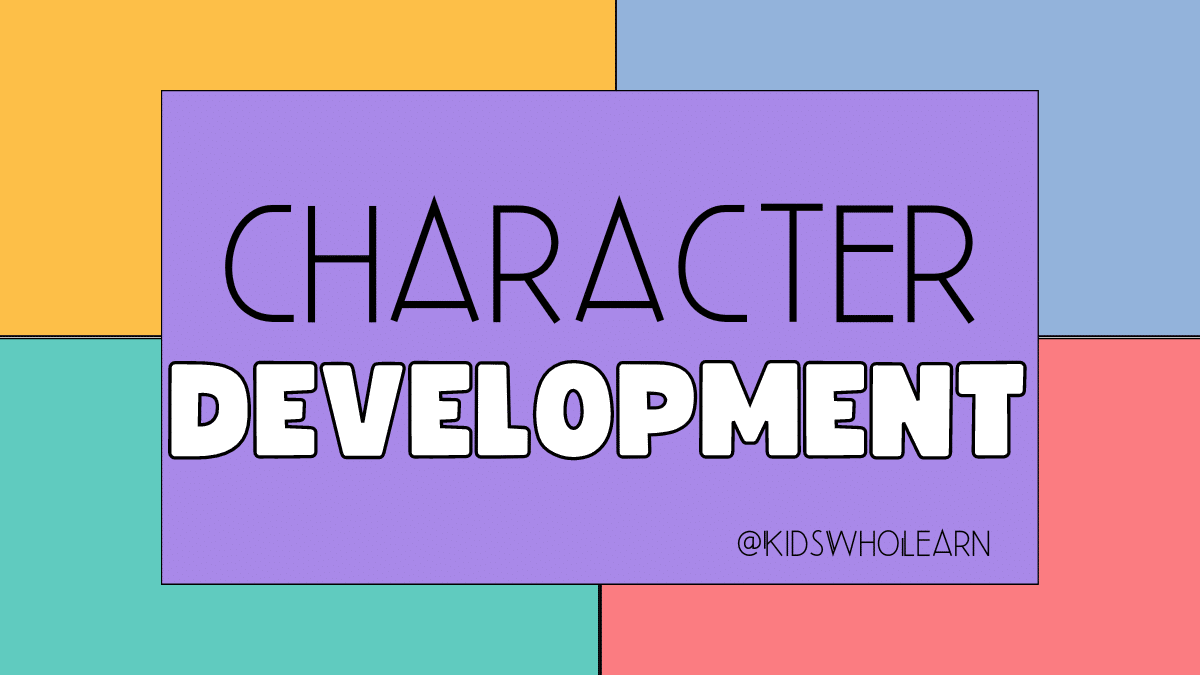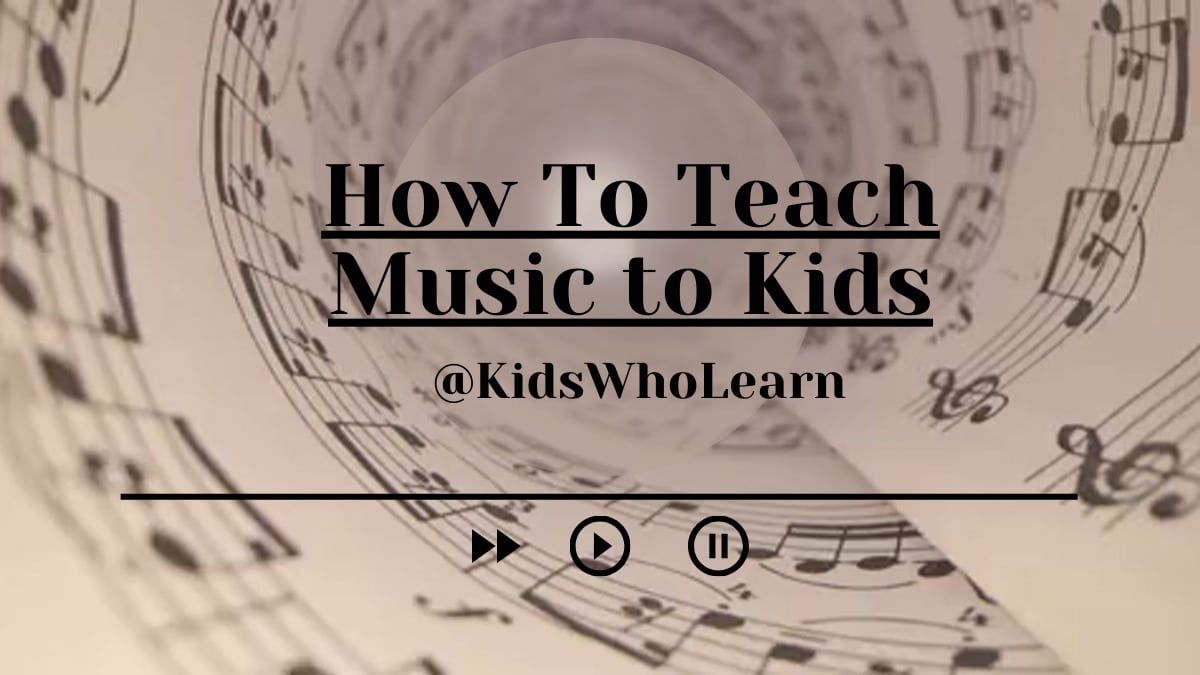If you’re a parent or a music teacher, you might be wondering when is the right time to introduce music theory to kids. The answer is simple: the earlier, the better. Music theory is the foundation of all music, and it’s essential for any young musician who wants to become proficient in their craft.
Music theory for kids is not as complicated as it may seem. It’s all about teaching them the basics of music, such as rhythm, melody, harmony, and notation. By starting with the basics, kids can gradually build their knowledge and skills, and eventually, they’ll be able to read and write music on their own. With the right approach and a bit of patience, music theory can be a fun and engaging activity for kids of all ages.
Understanding Music Theory
What is Music Theory?
Music theory is the study of how music works. It involves understanding the elements of music, such as rhythm, melody, harmony, and form. By learning music theory, you can gain a deeper appreciation and understanding of music. You can also use this knowledge to create your own music or improve your performance as a musician.
Why is Music Theory Important?
Music theory is important for several reasons. First, it helps you understand the structure of music. By understanding the structure of a piece of music, you can better appreciate the composer’s intent and the emotions they are trying to convey. Second, music theory can help you become a better musician. By understanding the elements of music, you can improve your ability to read music, play by ear, and improvise. Third, music theory can help you compose your own music. By understanding the rules of music theory, you can create music that is both interesting and pleasing to the ear.
In conclusion, learning music theory is an important part of becoming a musician. By understanding the elements of music and how they work together, you can gain a deeper appreciation of music and become a better musician.
Basic Elements of Music
Learning music theory can be a fun and exciting journey for kids. Before we dive into the more complex aspects of music, let’s start with the basics. In this section, we will cover the fundamental elements of music, including notes and beats, tempo and rhythm, and melody and harmony.
Notes and Beats
Music is made up of sounds that we call notes. Notes can be high or low, short or long, and loud or soft. Each note also has a specific pitch, which refers to how high or low the sound is.
Beats are the building blocks of music. They are the steady pulse that we feel when we listen to music. Beats can be fast or slow, and they help us keep track of the rhythm of a song.
Tempo and Rhythm
Tempo refers to the speed at which a piece of music is played. It can be fast or slow, and it is usually measured in beats per minute (BPM). For example, a fast-paced song may have a tempo of 120 BPM, while a slow ballad may have a tempo of 60 BPM.
Rhythm is the pattern of beats and rests in a piece of music. It is what makes a song feel unique and memorable. Rhythm can be simple, like in a nursery rhyme, or complex, like in a jazz song.
Melody and Harmony
Melody is the main tune of a song. It is the part that you usually sing or hum along to. Melodies can be simple or complex, and they can be made up of different notes and rhythms.
Harmony is the combination of different melodies and chords that are played together. It is what creates the rich, full sound of a song. Harmonies can be simple, like in a folk song, or complex, like in a classical symphony.
Understanding these basic elements of music is essential for any young musician. By mastering notes and beats, tempo and rhythm, and melody and harmony, kids can begin to create their own music and express themselves through song.
Reading Sheet Music
Learning to read sheet music is an essential skill for any musician. In this section, you’ll learn the basics of reading sheet music, including the staff, clefs, and note values.
The Staff
The staff is the set of five horizontal lines on which music is written. Each line and space on the staff represents a different pitch. The lines and spaces are numbered from bottom to top, with the bottom line being the first and the top line being the fifth.
Clefs
Clefs are symbols that indicate which notes correspond to which lines and spaces on the staff. There are two main types of clefs: treble clef and bass clef. The treble clef is used for higher-pitched instruments, such as the violin or flute, while the bass clef is used for lower-pitched instruments, such as the bass guitar or tuba.
Note Values
Notes are the symbols used to represent the different pitches in music. Each note has a different duration, which is indicated by its shape and the presence or absence of flags and dots. The most common note values are whole notes, half notes, quarter notes, and eighth notes.
- Whole notes are the longest notes and last for four beats.
- Half notes last for two beats.
- Quarter notes last for one beat.
- Eighth notes last for half a beat.
In addition to note values, there are also rests, which represent periods of silence in the music. The most common rests are whole rests, half rests, quarter rests, and eighth rests.
By understanding the basics of sheet music, you’ll be well on your way to becoming a skilled musician. Practice reading sheet music regularly to improve your skills and become more confident in your abilities.
Key Signatures and Scales
When you start learning music theory, one of the first things you’ll come across is key signatures and scales. These are essential concepts that will help you understand how music is structured and composed.
Major Scales
A major scale is a pattern of notes that has a specific sequence of whole steps and half steps. The most common major scale is the C Major scale, which has no sharps or flats. However, other major scales have different patterns of sharps or flats. Here are the major scales and their corresponding key signatures:
| Key Signature | Major Scale |
|---|---|
| C | C Major |
| G | G Major |
| D | D Major |
| A | A Major |
| E | E Major |
| B | B Major |
| F# | F# Major |
| C# | C# Major |
To play a major scale, you start on the root note (the note that corresponds to the key signature) and follow the pattern of whole steps and half steps. For example, to play the G Major scale, you would start on G and play the following notes: G, A, B, C, D, E, F#, G.
Minor Scales
Like major scales, minor scales also have specific patterns of whole steps and half steps. However, there are three different types of minor scales: natural minor, harmonic minor, and melodic minor. Here are the minor scales and their corresponding key signatures:
| Key Signature | Natural Minor Scale | Harmonic Minor Scale | Melodic Minor Scale |
|---|---|---|---|
| A | A minor | A harmonic minor | A melodic minor |
| E | E minor | E harmonic minor | E melodic minor |
| B | B minor | B harmonic minor | B melodic minor |
| F# | F# minor | F# harmonic minor | F# melodic minor |
| C# | C# minor | C# harmonic minor | C# melodic minor |
| G# | G# minor | G# harmonic minor | G# melodic minor |
| D# | D# minor | D# harmonic minor | D# melodic minor |
| A# | A# minor | A# harmonic minor | A# melodic minor |
To play a minor scale, you start on the root note and follow the specific pattern of whole steps and half steps for that type of minor scale. For example, to play the A natural minor scale, you would start on A and play the following notes: A, B, C, D, E, F, G, A.
Understanding key signatures and scales is crucial for building a strong foundation in music theory. With practice, you’ll be able to recognize and play different scales and key signatures with ease.
Chords and Progressions
As you continue to learn about music theory, you will come across the concepts of chords and progressions. A chord is a group of notes played together, and a progression is a sequence of chords played one after the other.
Types of Chords
There are many different types of chords, but the most common ones are major and minor chords. Major chords have a happy and bright sound, while minor chords have a sad and dark sound. You can create major and minor chords using specific patterns of notes.
Another type of chord is the seventh chord, which adds an extra note to a major or minor chord. Seventh chords can be major or minor and have a jazzy sound.
Progressions
Now that you know about chords, it’s time to talk about progressions. A progression is a sequence of chords played one after the other. Some common progressions include:
- I-IV-V: This progression is used in many popular songs and has a happy and uplifting sound.
- ii-V-I: This progression is commonly used in jazz music and has a smooth and sophisticated sound.
- vi-IV-I-V: This progression is used in many pop songs and has a catchy and upbeat sound.
As you learn more about music theory, you can experiment with different chord progressions to create your own unique sound. Remember to have fun and keep practicing!
Fun Music Theory Activities
Learning music theory can be a lot of fun, especially when you incorporate engaging activities. Here are a few ideas to make music theory more enjoyable for kids:
1. Rhythm Clap Game
This game is perfect for teaching kids about rhythm. Start by clapping a simple rhythm, and have the kids repeat it back to you. Gradually increase the complexity of the rhythm as the kids get better. You can also introduce different time signatures and have the kids clap along to different beats.
2. Music Theory Bingo
Create a bingo board with different music theory concepts, such as notes, rests, and time signatures. Call out the concepts, and have the kids mark them off on their boards. The first one to get a bingo wins a prize!
3. Music Theory Scavenger Hunt
Hide different music theory concepts around the room, such as flashcards with notes or symbols on them. Give the kids a list of items to find, and have them race to see who can find everything first. This is a great way to get kids up and moving while they learn.
4. Musical Simon Says
Put a musical twist on the classic game of Simon Says. Instead of saying “Simon says,” use musical commands such as “play a C note” or “clap three times.” This game is a fun way to reinforce musical concepts while also improving listening skills.
5. Musical Memory
Create a memory game using musical symbols, such as notes, rests, and clefs. Place the cards face down, and have the kids take turns flipping them over to find matches. This game is great for improving memory and recognition of musical symbols.
Incorporating these fun activities into music theory lessons can make learning more enjoyable for kids. By making music theory engaging and interactive, kids are more likely to retain the information and develop a lifelong love of music.
Further Resources for Kids
Congratulations! You have taken your first steps in learning music theory. If you want to continue learning and exploring music theory, here are some resources that can help you:
Books
There are many books that can help you learn more about music theory. Here are some of our favorites:
- “Music Theory for Young Children” by Ying Ying Ng
- “Alfred’s Essentials of Music Theory” by Andrew Surmani, Karen Farnum Surmani, and Morton Manus
- “The Everything Kids’ Music Theory Book” by Marc Schonbrun
Online Resources
The internet is a great place to find resources for learning music theory. Here are some websites that can help you:
- Musictheory.net: This website has lessons, exercises, and tools to help you learn music theory.
- Teoria.com: This website has lessons, exercises, and tools to help you learn music theory.
- YouTube: There are many YouTube channels that have videos on music theory. Some of our favorites are “Music Theory for Beginners” and “Music Theory in One Lesson.”
Apps
There are also many apps that can help you learn music theory. Here are some of our favorites:
- Music Tutor: This app has exercises to help you learn to read sheet music and identify notes and chords.
- Tenuto: This app has exercises to help you learn music theory concepts like intervals, scales, and chords.
- Note Quest: This app has games to help you learn to read sheet music and identify notes.
Remember, the most important thing is to have fun while you learn. Keep practicing and exploring, and you’ll become a music theory expert in no time!







